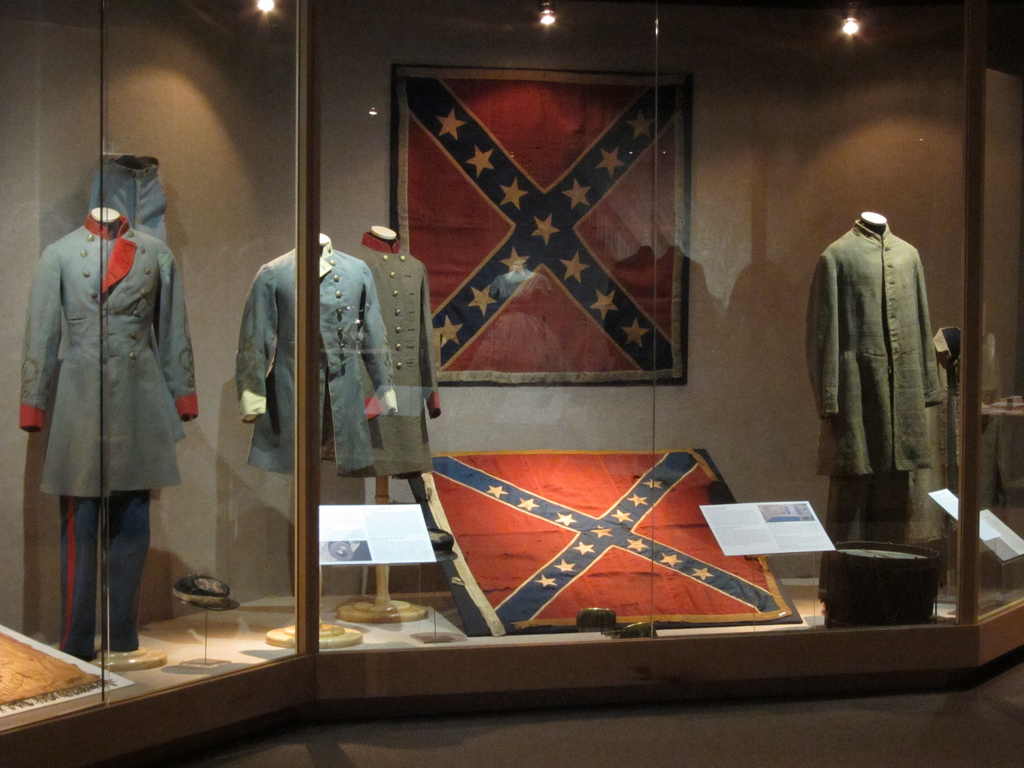
In Part II of this story we looked at how the design of the famous Southern Cross was conceived. Here we look at how the first flags were made.
Once the design of the Confederate Battle flag had been worked out, the army needed some prototypes made. This task fell to three ladies of Richmond, Virginia: Constance Cary and her cousins, Hetty and Jennie Cary. Constance later wrote:
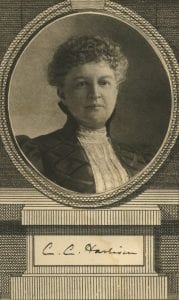
“During the autumn of ‘61, to my cousins, Hetty and Jennie, and to me was entrusted the making of the first three battle flags of the Confederacy. They were jaunty squares of scarlet crossed with dark blue edged in white, the cross bearing stars to indicate the number of the seceded states. We set our best stitches upon them, edged with golden fringes, and, when they were finished, dispatched one to General Joseph Johnston, another to General Pierre Beauregard, and the last to General Earl Van Dorn. The banners were made from red silk for the fields and blue silk for the crosses.”
The borders had gold fringe, and 12 gold stars were painted onto the flags. Used only as headquarters flags and never in battle, these prototypes have survived. The Jennie Cary flag, in the Louisiana State Museum, is in remarkably good shape. You can see it at the link here.
Constance explained that the right material was hard to find, and that a lining had to be sewn to one of the flags for strength. She also wrote:
“It is generally stated by historians that these flags were constructed from our own dresses, but it is certain we possessed no wearing apparel in the flamboyant hues of poppy red and vivid dark blue required.”
Beauregard introduced the new banner to his officers at a dinner party on Nov. 27, 1861. A reporter for the Richmond Daily Dispatch attended the event and afterwards wrote, “The flag itself is a beautiful banner, which, I am sure, before this campaign is over, will be consecrated forever in the affections of the people of the Confederate States.”
Once these first flags had passed muster, it was time to get them made for the men in the field. The army ordered 120 silk flags, sewn by ladies of Richmond. As noted in Part II, different sizes were produced for infantry, artillery and cavalry units.
It seems the army purchased much of the silk supply of Richmond. Red fabric was scarce, so while the Cary cousins may have sewn flags with “jaunty squares of scarlet,” the only red-like colors available in sufficient supply in Richmond were either pink or rose. The first flags issued to the men on the field were made of these lighter shades, not the red we know today. In fact, when some units from the Army of Northern Virginia were sent to help in east Virginia, a circular was issued to describe the flag the reinforcements would carry. From that dispatch: “…Pink Ground – Blue diagonal cross-bars with white stars along the bars – yellow border binding two inches wide.”
Yes, the first of these flags to see gunfire were pink. But that did not diminish the pride held for them. Colonel Thomas Jordan wrote the order issuing the flags:
“Headquarters 1st Corps Army of the Potomac,
Near Centreville, Nov. 28th, 1861
General Orders, No. 75.
A new banner is intrusted to-day, as a battle-flag, to the safe keeping of the Army of the Potomac. Soldiers: Your mothers, your wives, and your sisters have made it. Consecrated by their hands, it must lead you to substantial victory, and the complete triumph of our cause. It can never be surrendered, save to your unspeakable dishonor, and with consequences fraught with immeasurable evil. Under its untarnished folds beat back the invader, and find nationality, everlasting immunity from an atrocious despotism, and honor and renown for yourselves – or death.
By command of General Beauregard.”
In Jordan’s words we can see the intense value these flags had for the soldiers that followed them. One of them was issued to the North Carolina Fourth Regiment on December 8, and in a letter to his mother the following day, a North Carolina soldier wrote the following:
“We are expecting a battle daily. Yesterday we were presented with a battle flag from General Beauregard…. This is for us to fight under and also every other regiment has one. The enemy knows our national flag and had already tried to deceive us by hoisting it at their head. Now I guess we will deceive them next time.”
And so the first Southern Cross Battle Flags went onto the field and into history.
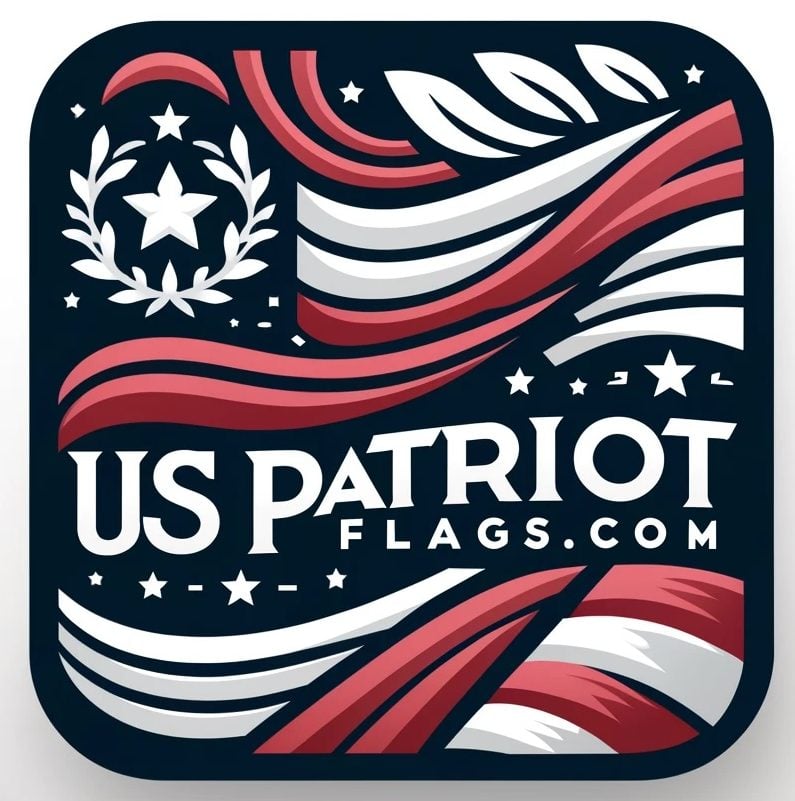
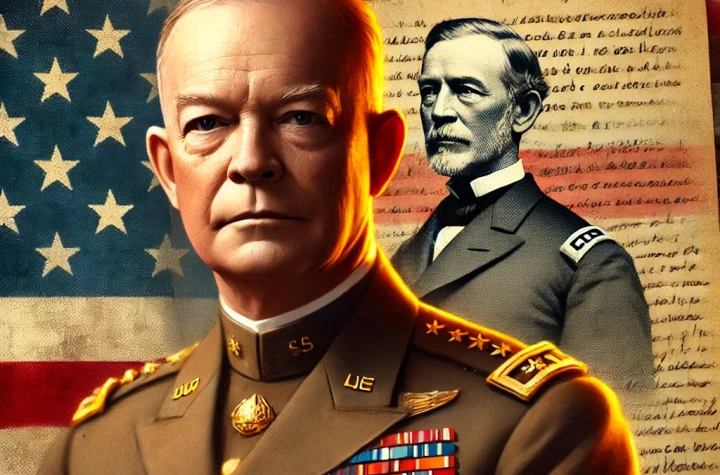
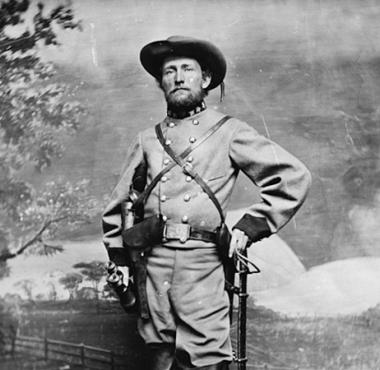

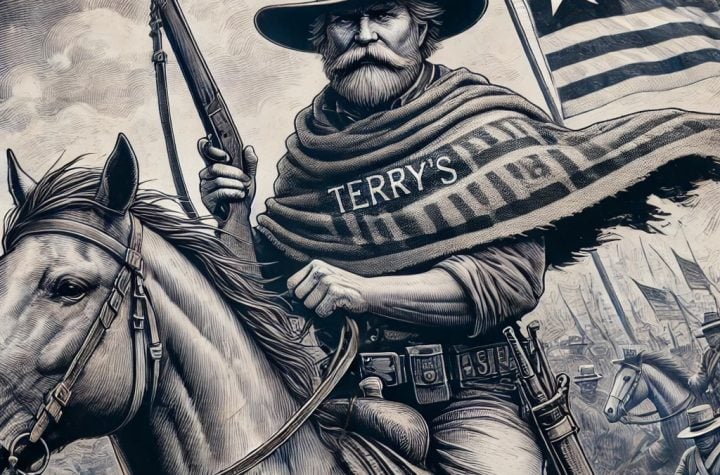
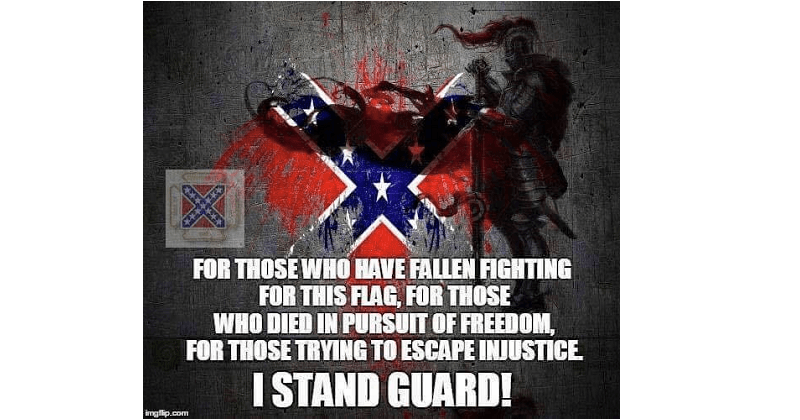
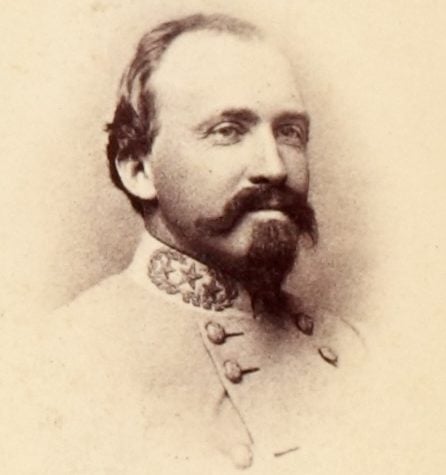
Good read
Thank you for your update.